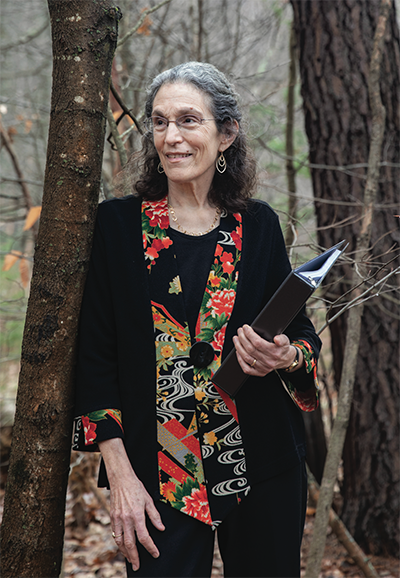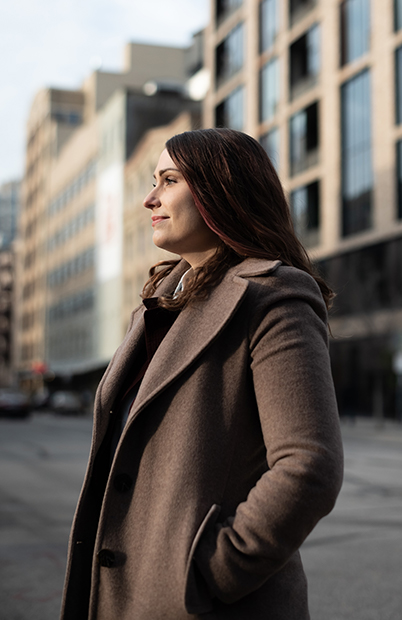
But her first words to Aries weren’t about her pleasure, her pride. Instead, she said this: “Wow, those black binders are really expensive.”
Startled, Aries asked how she’d paid for them. The student answered that she unintentionally bounced a check to A.J. Hastings, the stationer and college merchandise store. Right then, another grand, culminating moment took place—but now for Aries. She realized that this buy-your-own-binder protocol, and many other practices and policies at the College, blithely presumed an affluent student body. Wrote the professor, who had done much research on the effects of socioeconomic class, “This needed to change.”
That one bounced check inspired a 15-year study that has thrown an arc light on the recent history of class and race at the College. In so doing, it has offered up broader truths about the higher aims of higher education: namely, its ability to impel society forward.
Aries is the Clarence Francis 1910 Professor in Social Sciences, and I’ve been quoting from her introduction to her as-yet-unpublished work from 2020, Race and Class at Age 30. (She sidelined the publishing process during the pandemic, in order to learn to teach remotely, but hopes to release the work later in the form of a book or series of articles.) It’s the third installment in a study that kicked off during orientation in 2005, then resumed four years later when the class of 2009 hit senior year, and checked in with the class again in 2017, when most had turned 30. Aries shared interview duties with her husband—independent scholar Richard Berman—and Senior Associate Dean of Students Charri Boykin-East. Like Michael Apted’s Up documentary series, which has followed a handful of British children from age 7 (in Seven Up!) through adolescence (21 Up) and into retirement (63 Up), it shows how people develop and reflect over time.
Aries posed dozens of questions to 58 members of the incoming class of 2009, both in an online survey and by personal interview. She recruited subjects from four groups: affluent white, affluent Black, lower-income white and lower-income Black, evenly split between men and women. (Other races were not included because, in 2005, the sample size for Latinx students was too small for the study, and the Asian population too multivariate.)
If students weren’t going to feel included and be able to succeed academically and socially, we had to change.”
Those first-year interviews were the basis of Aries’ book Race and Class Matters at an Elite College (Temple University Press, 2008). Her interviews with the graduating seniors informed her second book, Speaking of Race and Class: The Student Experience at an Elite College (Temple, 2012).
Here’s one of the queries: “Has there ever been an incident here on campus where you felt your class position/race caused you to be left out, put down or dismissed?” Here’s another: “How important is forming a close relationship with someone from a very different race/class background to you personally?” Other questions probed at everything from whether a student changed their way of dressing or speaking at Amherst (one lower-income white man switched to collared shirts; one lower-income Black woman tried to lose her Southern accent) to whether classroom discussions upended their way of thinking on race and class (they did, but not as much as some may expect).
